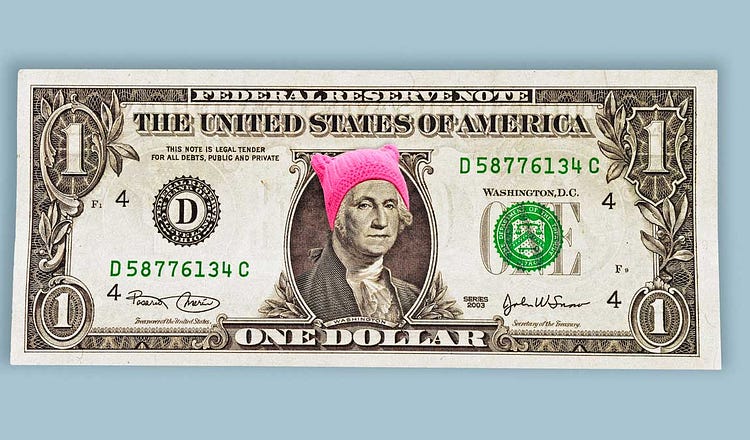
In July 2024, the economist Tyler Cowen published an essay on his Marginal Revolution blog with the headline “The changes in vibes—why did they happen?” Writing just four days after the attempted assassination of Trump at his campaign rally in Butler, Pennsylvania, Cowen began by focusing on the Republican nominee, calling him the “clear favorite in the next election.”
Cowen offered 19 answers to his own question, ranging from the rise of social media to high inflation and interest rates to a decline in the credibility of higher education. Trump’s election vindicated Cowen.
By Inauguration Day, New York Times columnist Ezra Klein had come around to Cowen’s thesis, agreeing that “mass culture was moving in a Trumpian direction” despite what Klein saw as “a squeaker” in the election results.
Klein focused on several of the same factors that Cowen did: Republicans winning social media, a latent corporate desire to shift toward the right, resurgent masculinity, the divorce between Big Tech and the left, and the backlash against “wokeness.”

